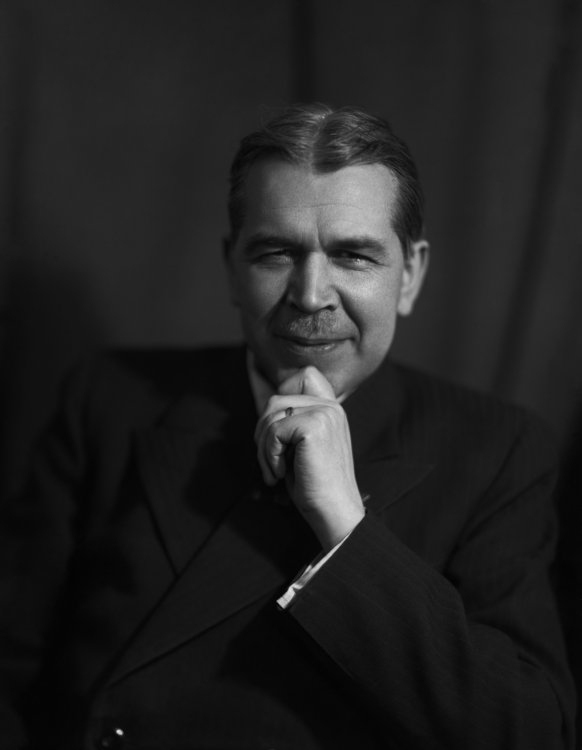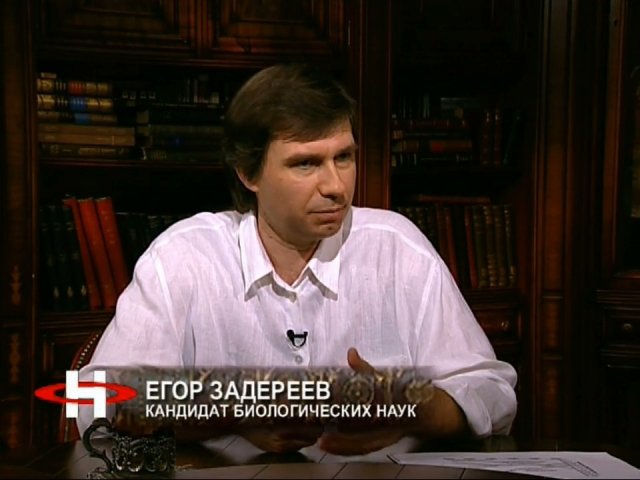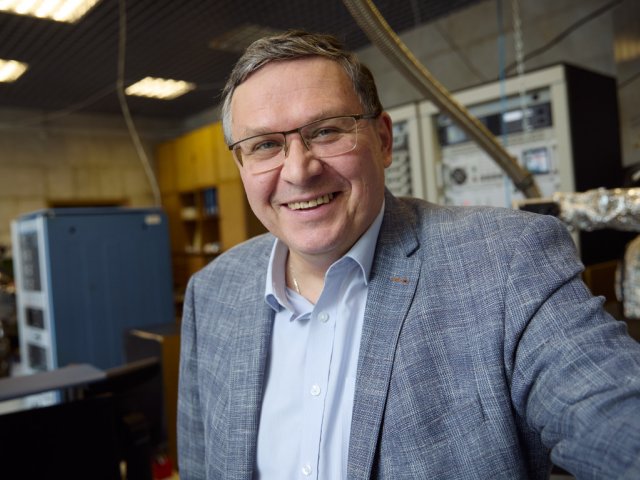Official:
Sergey Ivanovich Vavilov. 12 (24) March 1891 – 25 January 1951. Soviet physicist, full member and president of the USSR Academy of Sciences, public figure and science popularizer. Winner of four Stalin Prizes. Nikolai Vavilov’s brother.
Life and Work:
1. “The ability to think and express your thoughts in a way understandable to everyone is what we want in science overall,” wrote Sergey Vavilov, a prominent Soviet physicist, a major organizer and popularizer of science.
2. The second-guild merchant and manufacturing company director Ivan Ilyich Vavilov raised two great scientists for the fatherland. The eldest son, Nikolai, a botanist, initiated the development of genetics in the USSR. In Stalin’s time this field of science was considered “a whore of imperialism,” and Nikolai ended his days in prison. The youngest son, Sergey, a physicist, founded the USSR scientific school of physical optics and headed the USSR Academy of Sciences.
3. The merchant’s boys grew up quite different. If Nikolai once escaped being flogged by jumping on the windowsill and shouting, “Don’t come near me, or I’ll throw myself down,” then Sergey was much more submissive. As it turned out later, he used a sheet of cardboard with great success: he put it in his pants so that it would not hurt so much.
4. Ivan Vavilov, a poor peasant who became a successful merchant in Moscow, dreamed that his sons would continue his business. Sergei, following in his older brother’s footsteps, entered a commercial school, but – just like his brother – quickly turned to science.
5. Latin was not taught in the Moscow Commercial School, and this closed the way to the university for the eldest brother. Sergey took this sad experience into account and learned Latin on his own. Knowledge of this language of medieval science allowed Sergey Vavilov to read the works of famous physicists in the original language and to translate them into Russian. For instance, Newton’s Optics was published in his translation.
6. Sergey Vavilov started to do scientific work as a student of the Department of Physics and Mathematics of Moscow University. And he succeeded: his second work On the Kinetics of Thermal Fading of Dyes was awarded a gold medal.
7. Sergey Vavilov graduated from the university in 1914 – just as World War I broke out. An able student was offered to stay at the university and prepare for professorship, but Sergey Ivanovich declined – he protested against the minister of education’s reactionary policy.
8. Throughout the war, until the February revolution, Sergey Vavilov served in the technical units of the Russian army. But the war did not interrupt scientific work: at the front, the scientist wrote the article The Frequency of Vibrations of a Stressed Antenna.
9. Sergey Vavilov became a full member of the USSR Academy of Sciences in 1932. The newly-made academician had many years of teaching experience at Moscow State University and the Moscow Higher Technical School, an internship in Germany at the Physical Institute of the University of Berlin, and a job as head of the Department of Physical Optics at the Institute of Physics and Biophysics of the People’s Commissariat of Health of the RSFSR.
10. In 1932, Sergey Vavilov was appointed head of the Physics Department of the Physics and Mathematics Institute of the USSR Academy of Sciences and deputy director for the scientific division of the State Optical Institute (GOI). Vavilov had to move to Leningrad, where both scientific institutes were located.
11. In 1934, the Institute of Physics and Mathematics was divided into two separate institutes: the Steklov Mathematical Institute and the Lebedev Physical Institute (FIAN). The latter institution, which Sergey Vavilov headed, was moved to Moscow. The scientist’s life became much more complicated – he spent a good part of it in trains coursing between Leningrad and Moscow.
12. Sergey Vavilov remained the scientific director of the State Optical Institute until he was elected president of the USSR Academy of Sciences in 1945. The scientist headed the Laboratory of Luminescent Analysis of the GOI until the last days of his life. His contribution to the GOI activities was so great that after the scientist’s death, the institute was named after him.
13. The results of Vavilov’s work at the FIAN are also impressive: there, his efforts created laboratories in the most relevant areas of physics. Back in the early 30s, Sergey Ivanovich realized the importance and prospects of developing nuclear physics and gathered the most talented young physicists in the Laboratory of the Atomic Nucleus. As a result, the Vavilov-Cherenkov radiation theory appeared.
14. For the discovery of the Vavilov-Cherenkov effect, Sergey Vavilov’s student Pavel Cherenkov was awarded the Nobel Prize in 1958, after Vavilov’s death. Vavilov himself was nominated for the Nobel Prize twice – in 1957 and 1958.
15. Among the most important Vavilov’s works is the law that bears his name. According to this law, the quantum yield remains constant over a wide range of exciting light wavelengths and drops sharply under anti-Stokes excitation when the exciting light wavelength exceeds the wavelength of the luminescence spectrum maximum. Among other things, Vavilov founded a new direction – microoptics – and developed nonlinear optics actively.
16. In August 1940, a disaster happened in Sergey Vavilov’s family: his elder brother, the biologist Nikolai Vavilov, was arrested. Sergey Ivanovich did everything he could to free his brother. He secured an appointment with Molotov and Beria, wrote a letter to Stalin. But President of the USSR Academy of Sciences V. L. Komarov, whom Sergey Ivanovich approached, was afraid to send Vavilov’s letter to the addressee.
17. “Hopeless melancholy that forces me to give up, Nikolai’s tragic fate, never leaving my head and paralyzing everything,” wrote Sergey Vavilov in his diary on May 5, 1941. His premonitions did not deceive him: on July 5, 1943, the scientist received a telegram from his nephew about his brother’s death. In October, an official notification from NKVD arrived.
18. In 1949, President of the USSR Academy of Sciences Sergey Vavilov wrote a letter to Stalin asking him to rehabilitate his brother. Among other things, Sergey Ivanovich wrote that only his brother Nikolai’s help and support allowed him to become a major scientist.
19. Sergey Vavilov’s son, Viktor Sergeevich Vavilov, worked at FIAN for almost half a century, where he headed the semiconductor physics laboratory, and for almost thirty years he headed the Department of Semiconductor Physics at Moscow State University.
20. On Sergey Vavilov’s initiative, the famous Znaniye society was created; Literaturnye Pamyatniki and Klassiki Nauki series were published.
21. Apart from GOI, the Institute of the History of Natural Science and Technology of the Russian Academy of Sciences, as well as a street in the south of Moscow, are named after Sergey Vavilov. The Presidium of the Russian Academy of Sciences awards the Sergey Vavilov Gold Medal for outstanding work in the field of physics.






















